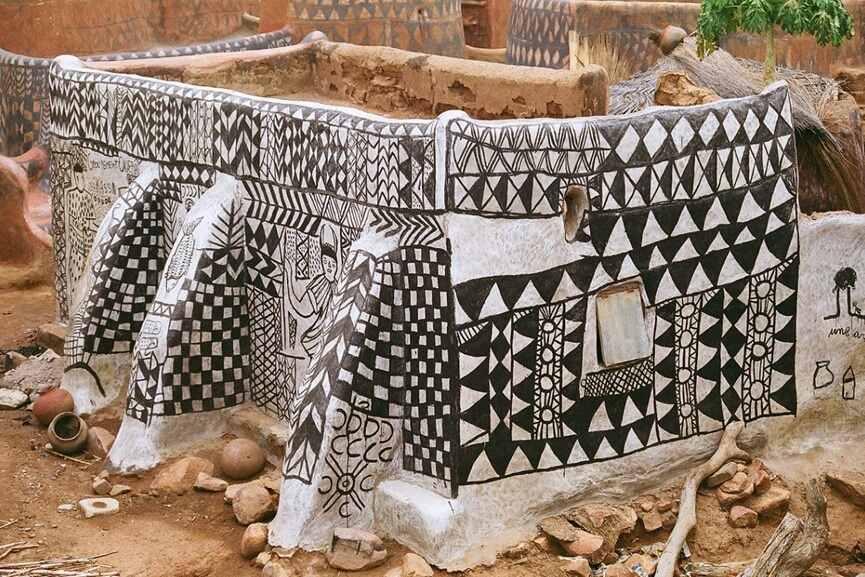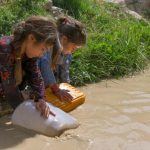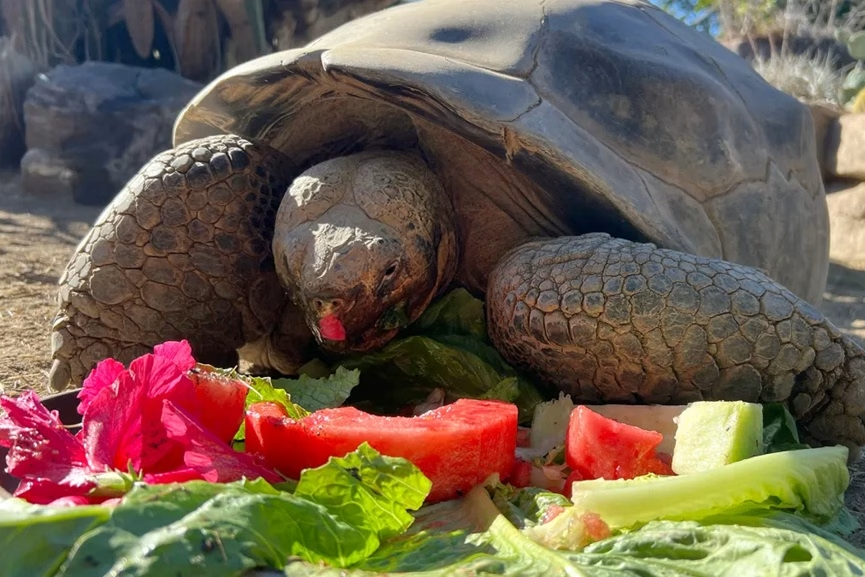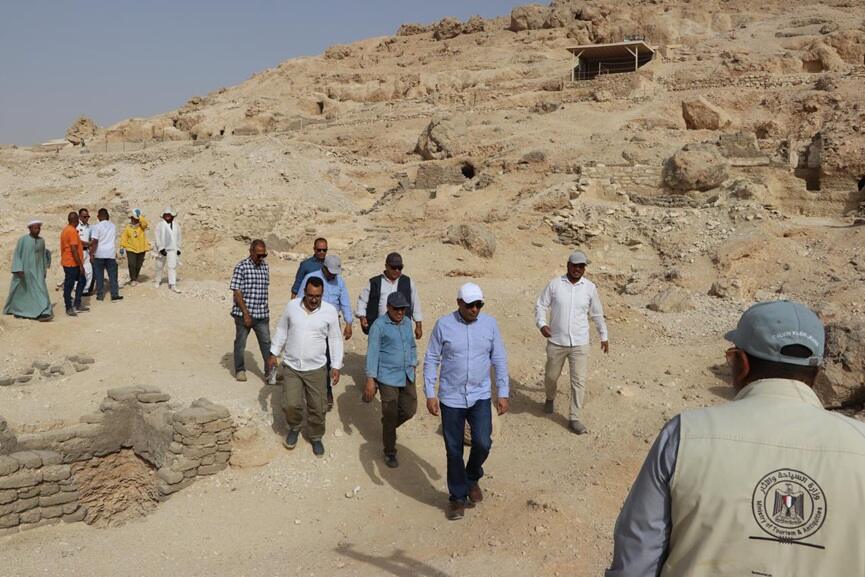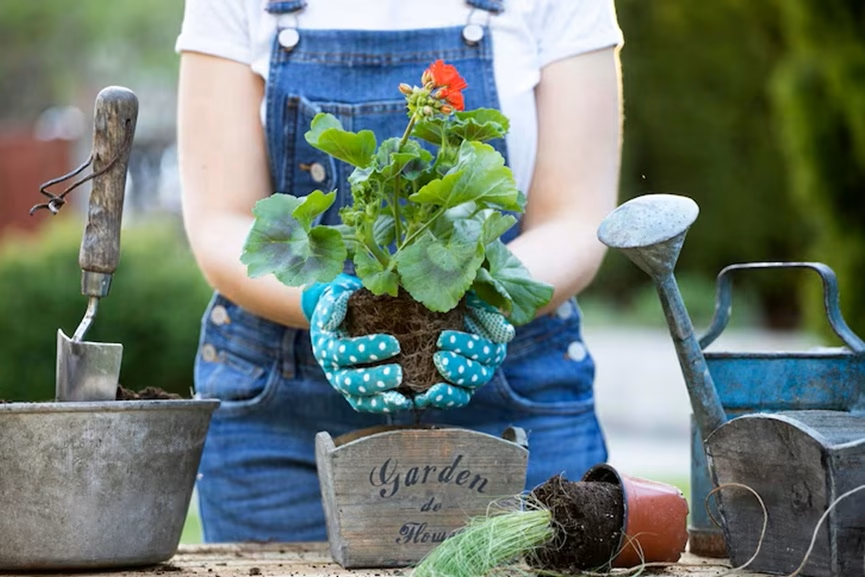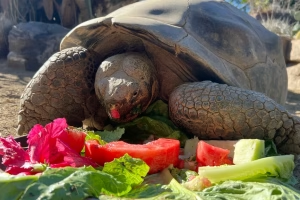Tiébélé, Burkina Faso: The Royal Court of Tiébélé, a UNESCO World Heritage site famed for its wavy-walled, geometrically painted houses, is showing signs of disintegration as climate change and regional instability threaten its survival. Established in the 16th century, Tiébélé’s houses are a living canvas of the Kassena people’s culture, religion, and traditions.
Once a vibrant tourist destination, Tiébélé has seen visitor numbers dwindle due to jihadist violence in Burkina Faso and neighbouring Mali and Niger since 2015.
The approach to the village involves crossing heavily guarded bridges, such as the Nazinon, where traffic is restricted and military presence is high. Political unrest, including the failed 2015 coup, has further dampened tourism, cutting off a vital source of income for the local community.
The delicate mud houses and painted walls now face an additional threat from unpredictable weather. Traditionally, the Kassena relied on predictable rainfall and local trees to build and maintain their structures, but changing climate patterns have disrupted these practices.
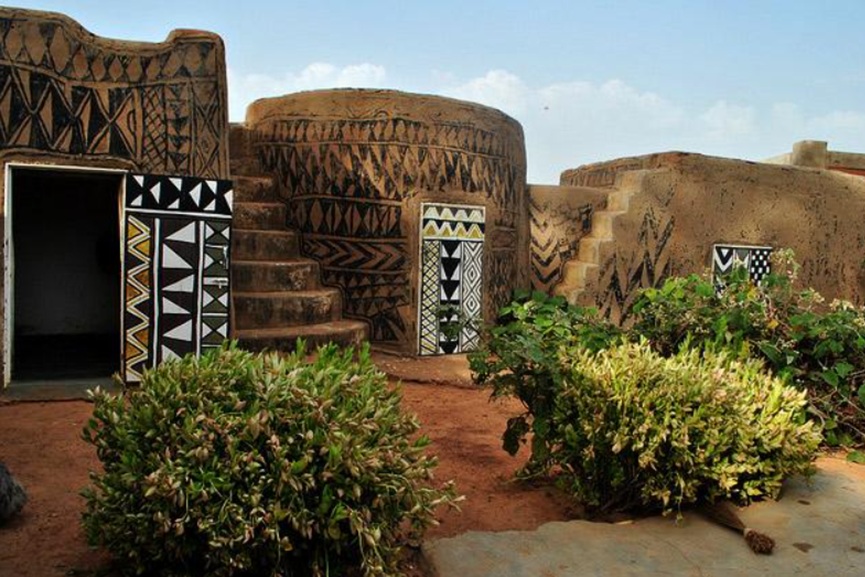
In Kassena society, women are responsible for painting the houses using natural pigments from laterite stone, clay, basalt, and cow dung, sealed with a varnish made from the fruit of the néré tree.
The knowledge of these techniques resides in octogenarian Kaye Tintama, recognized by UNESCO as a ‘living human treasure,’ who ensures the skills and meanings behind the wall designs are passed to younger generations.
Award-winning architect Francis Kéré has drawn inspiration from the Kassena’s use of natural materials and community-based construction techniques. “The Kassena passed their architecture to future generations, and this method is inspiring for me,” Kéré said.
The shape of the houses is culturally significant: round houses are for unmarried men, figure-eight houses for older women and daughters, and rectangular houses for young couples. Roofs are designed to dry cereals, and reliefs of snakes symbolize ancestral spirits.
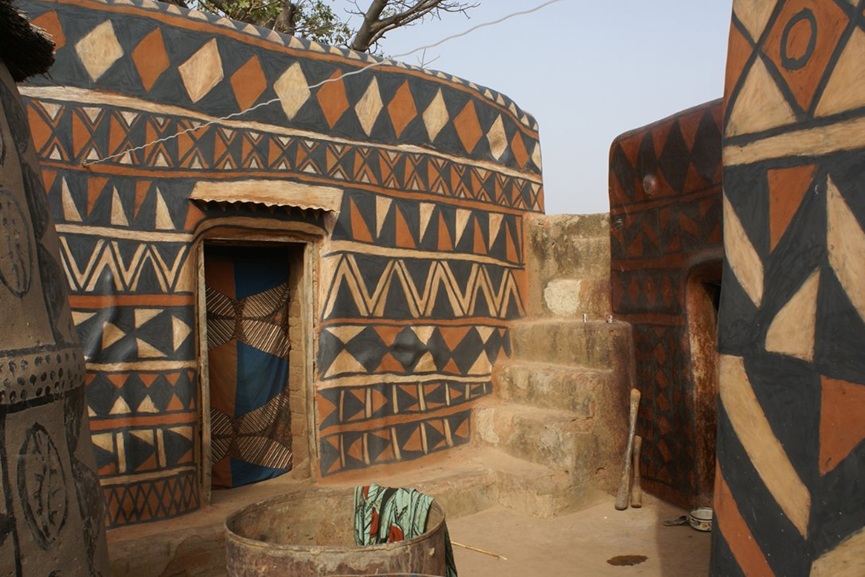
The men of Tiébélé construct the houses over a month using a mix of earth, straw, and logs. Modern materials such as cement, metal roofs, and iron windows are replacing traditional techniques, but often at the cost of durability and authenticity.
Burkina Faso, like other Sahel countries, is disproportionately affected by the climate crisis despite contributing only 1 percent of global greenhouse gas emissions.
Temperatures are rising 1.5 times faster than the global average, while 80 percent of the population relies on agriculture and land-based work. The combination of environmental stress, conflict, and tourism decline places Tiébélé’s cultural heritage at severe risk.



